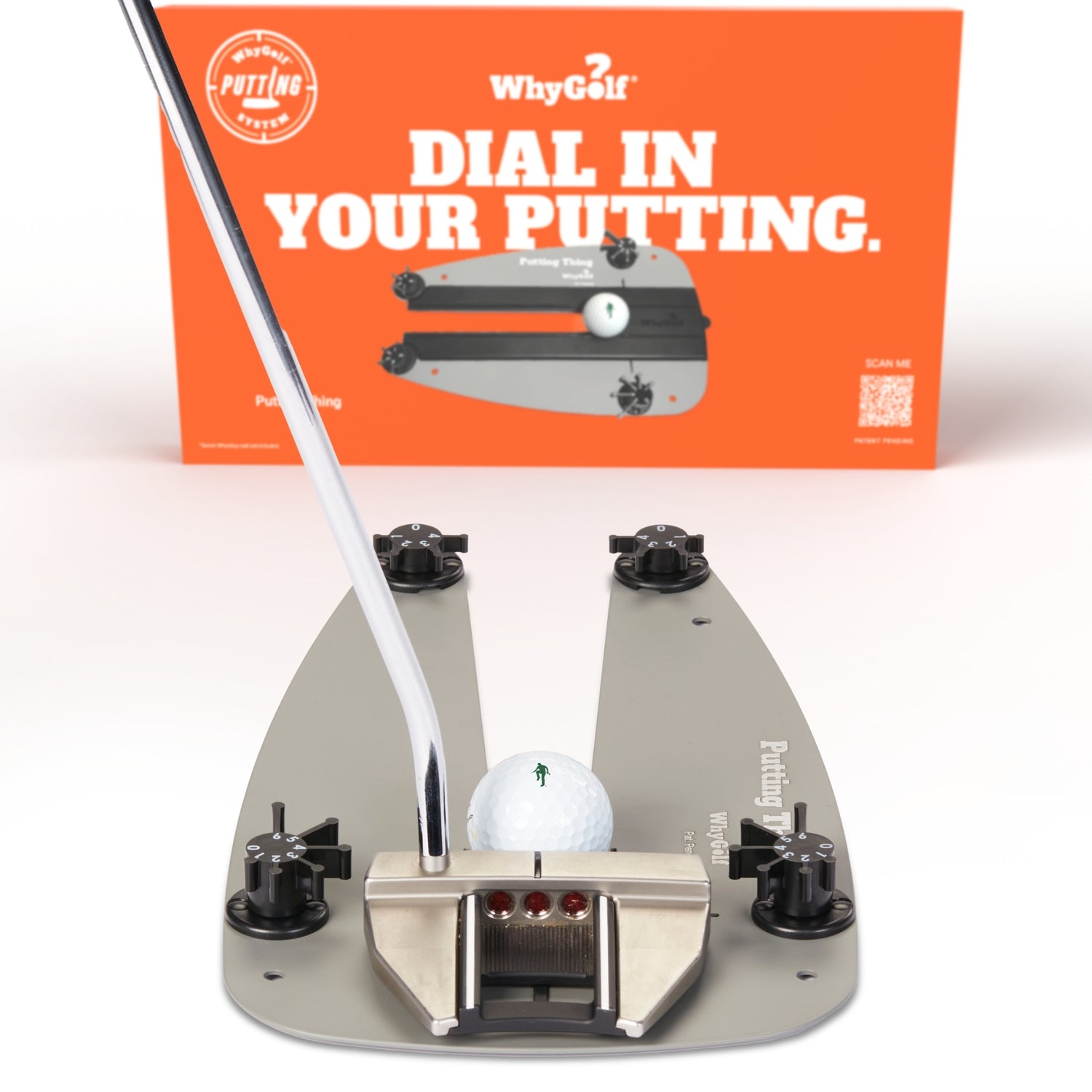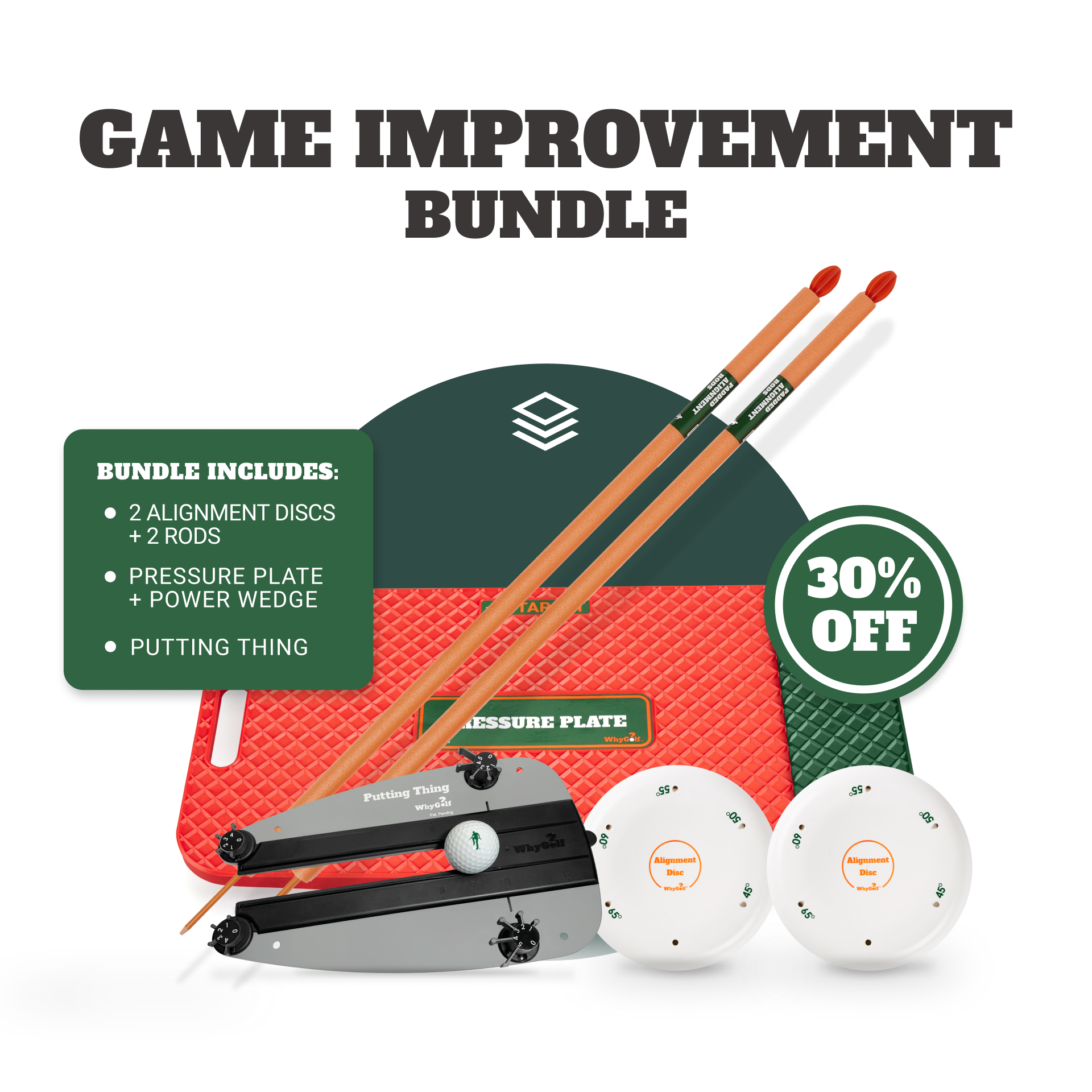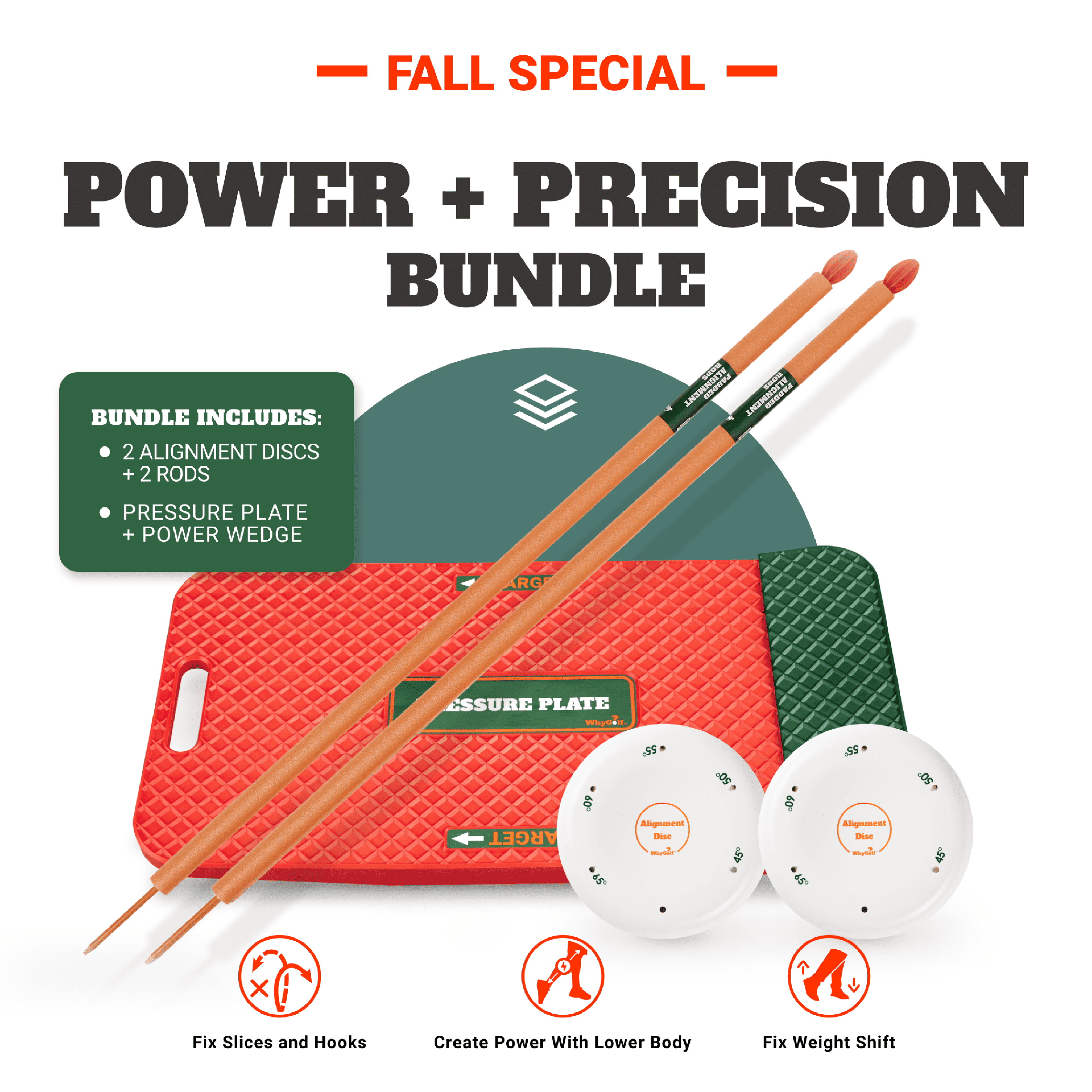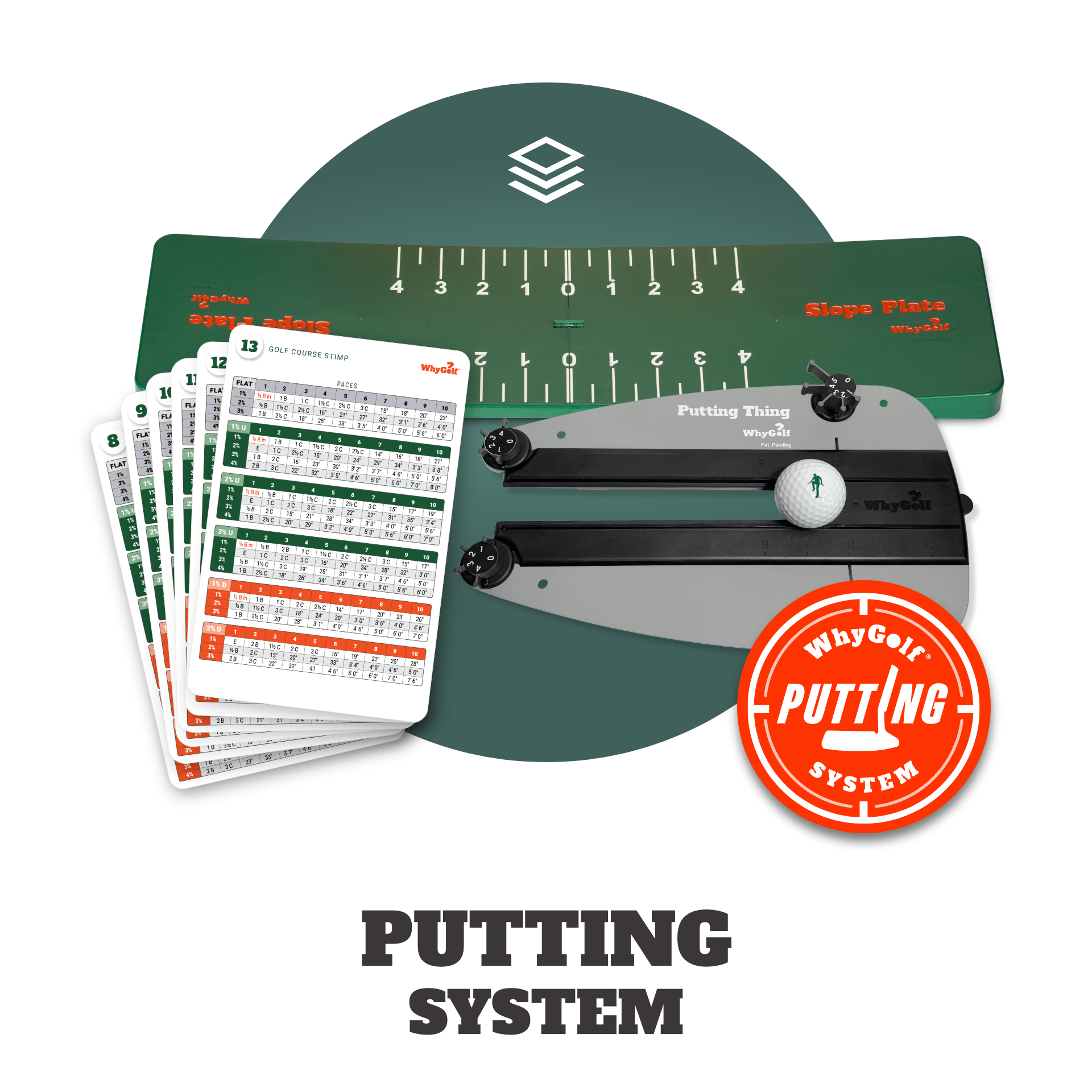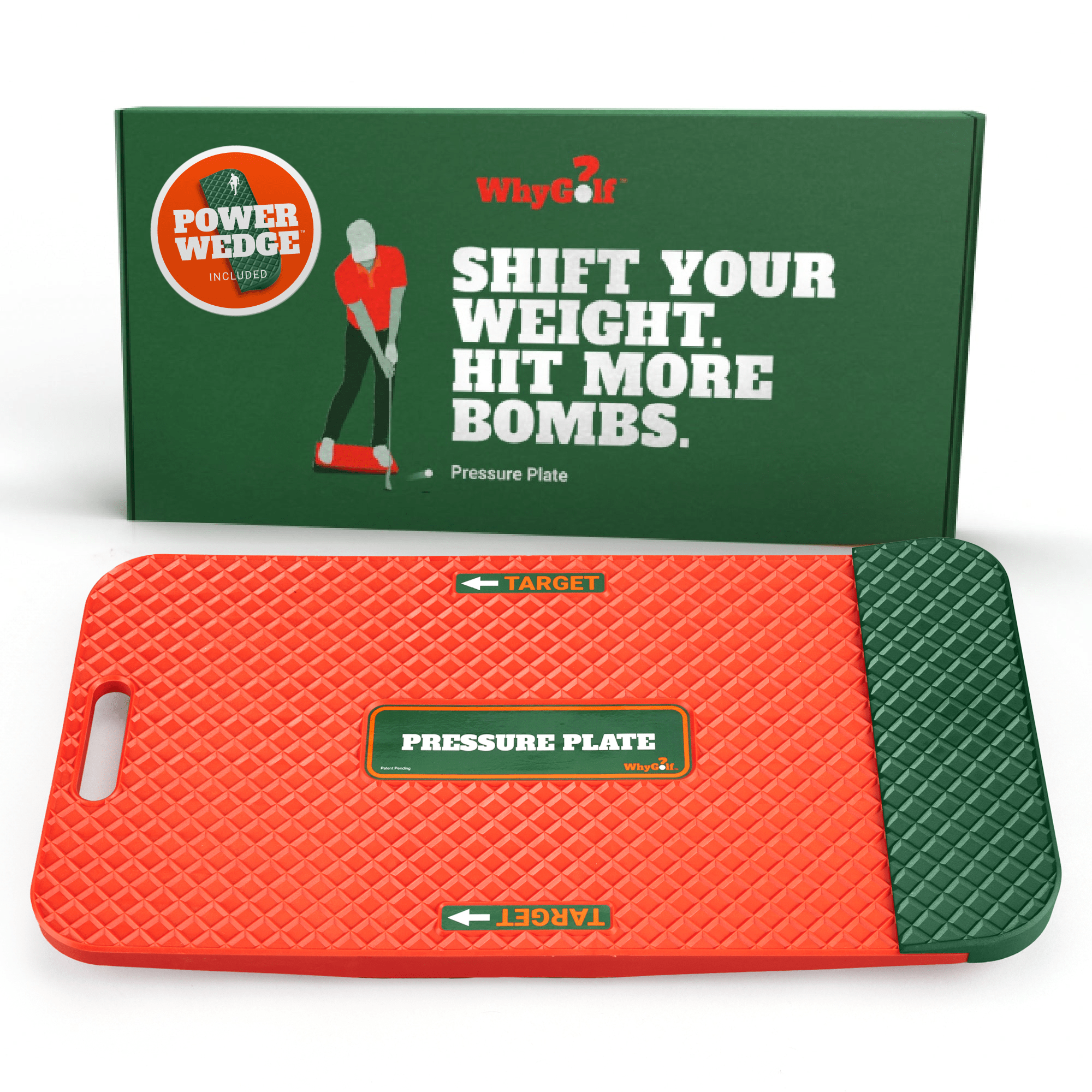
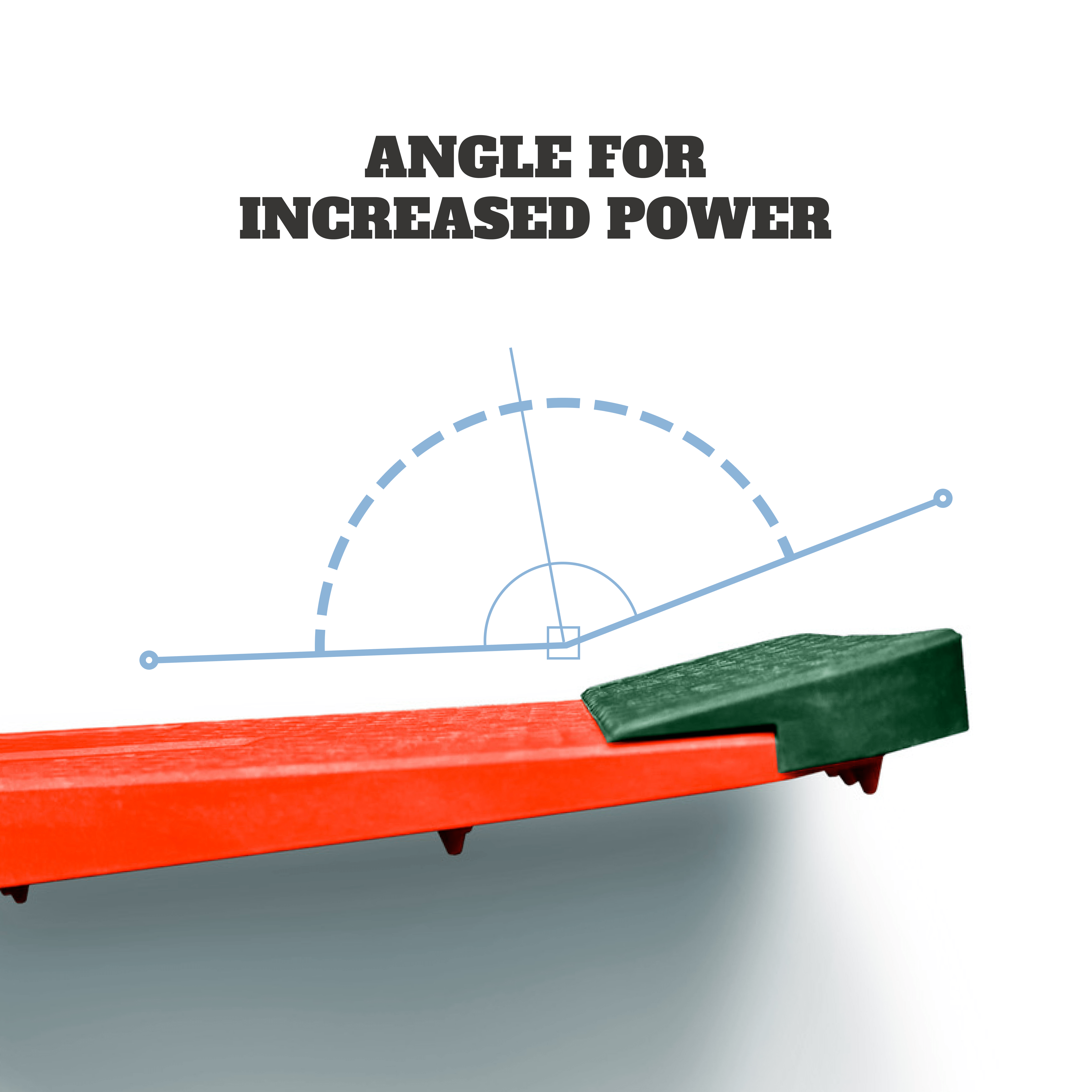
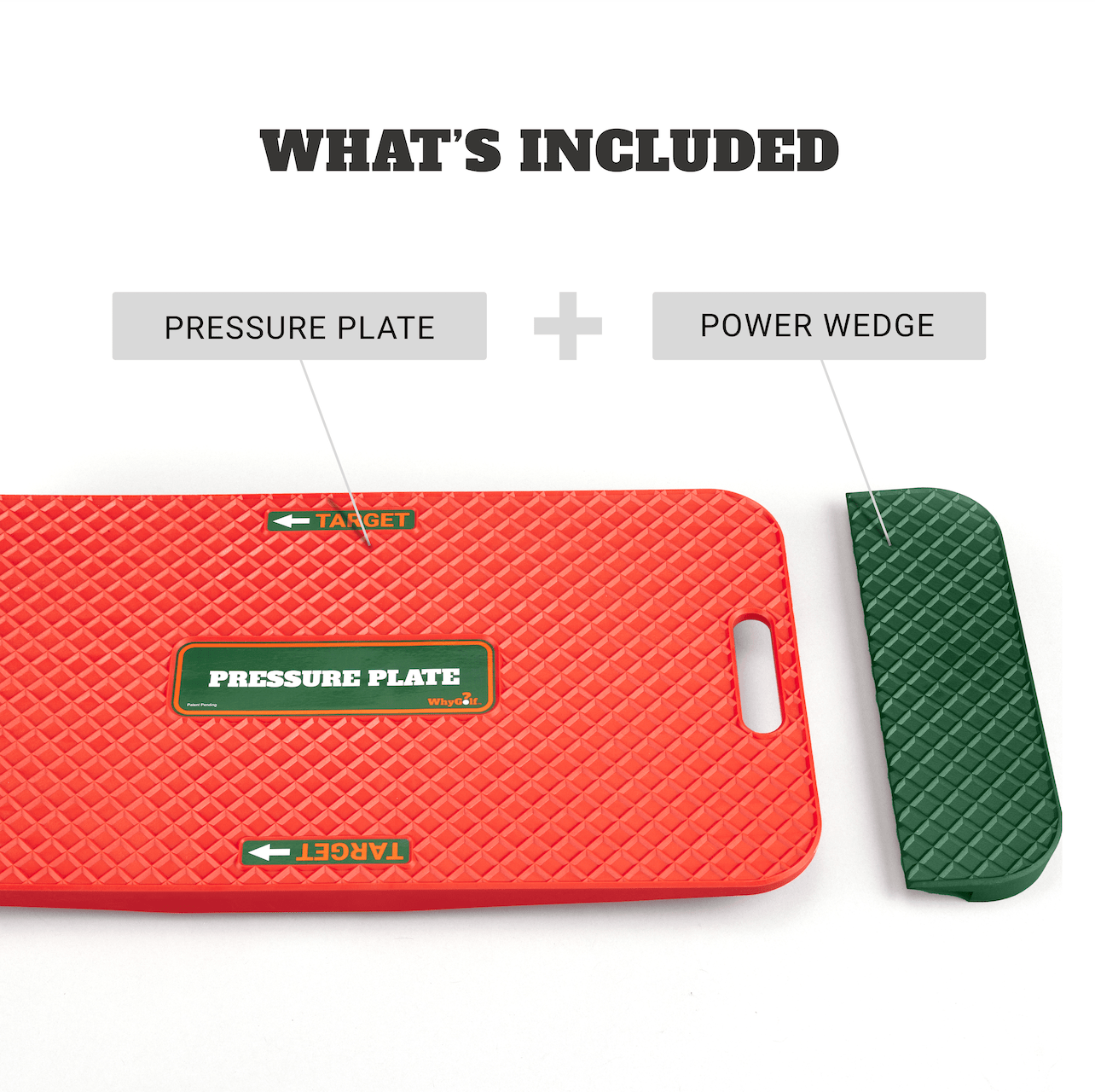
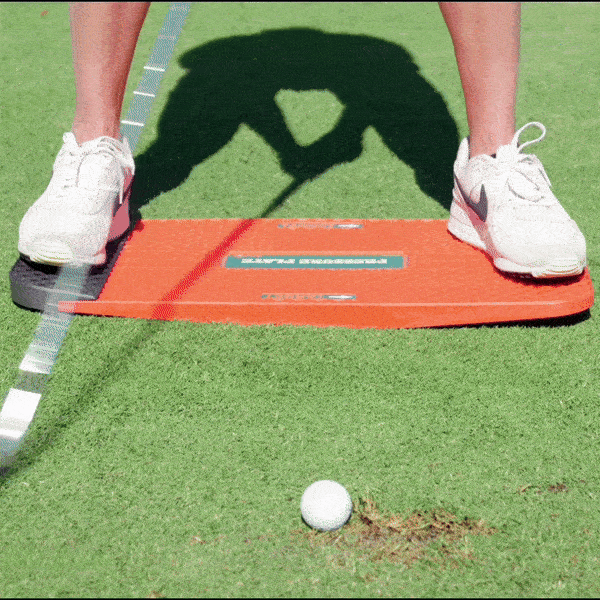
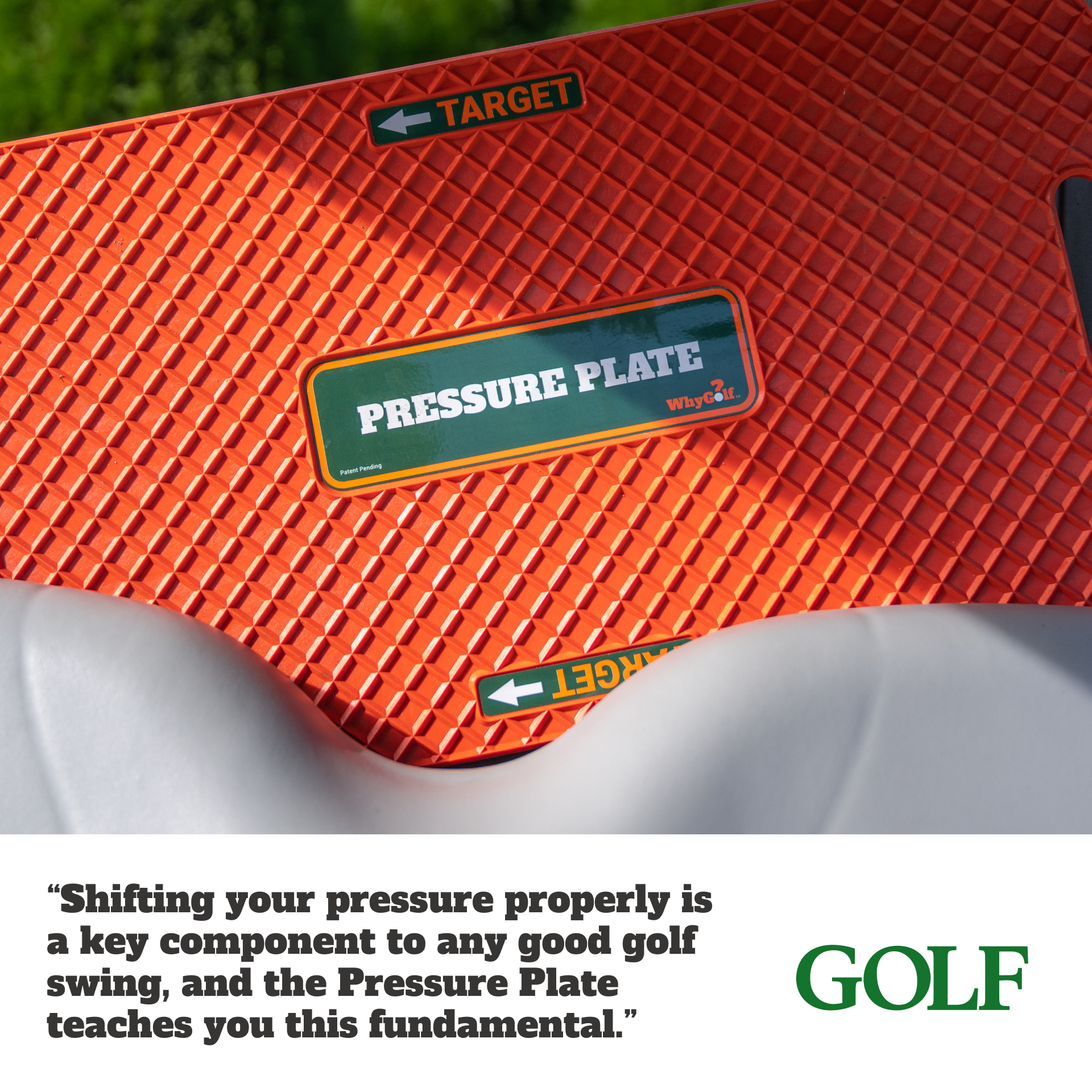
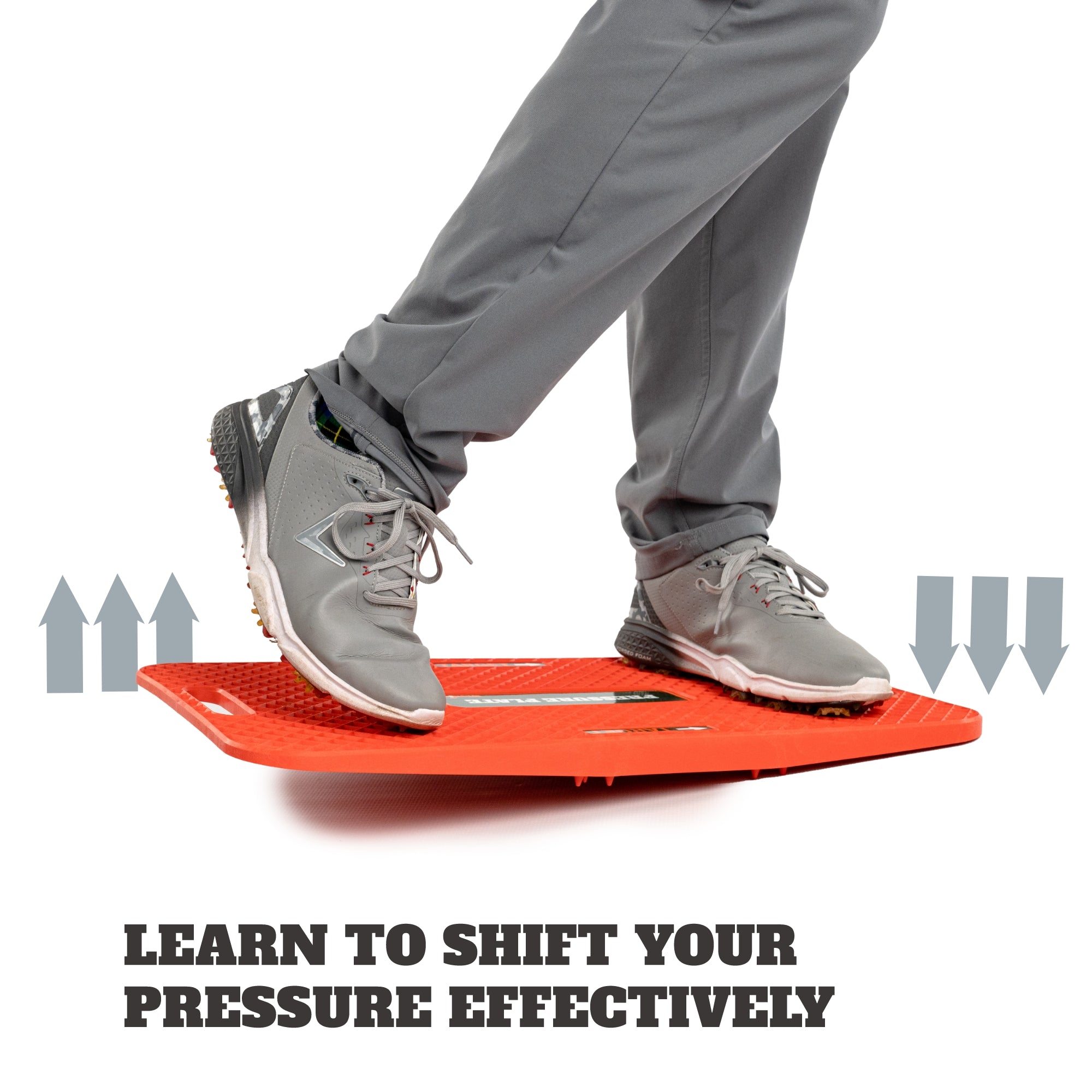
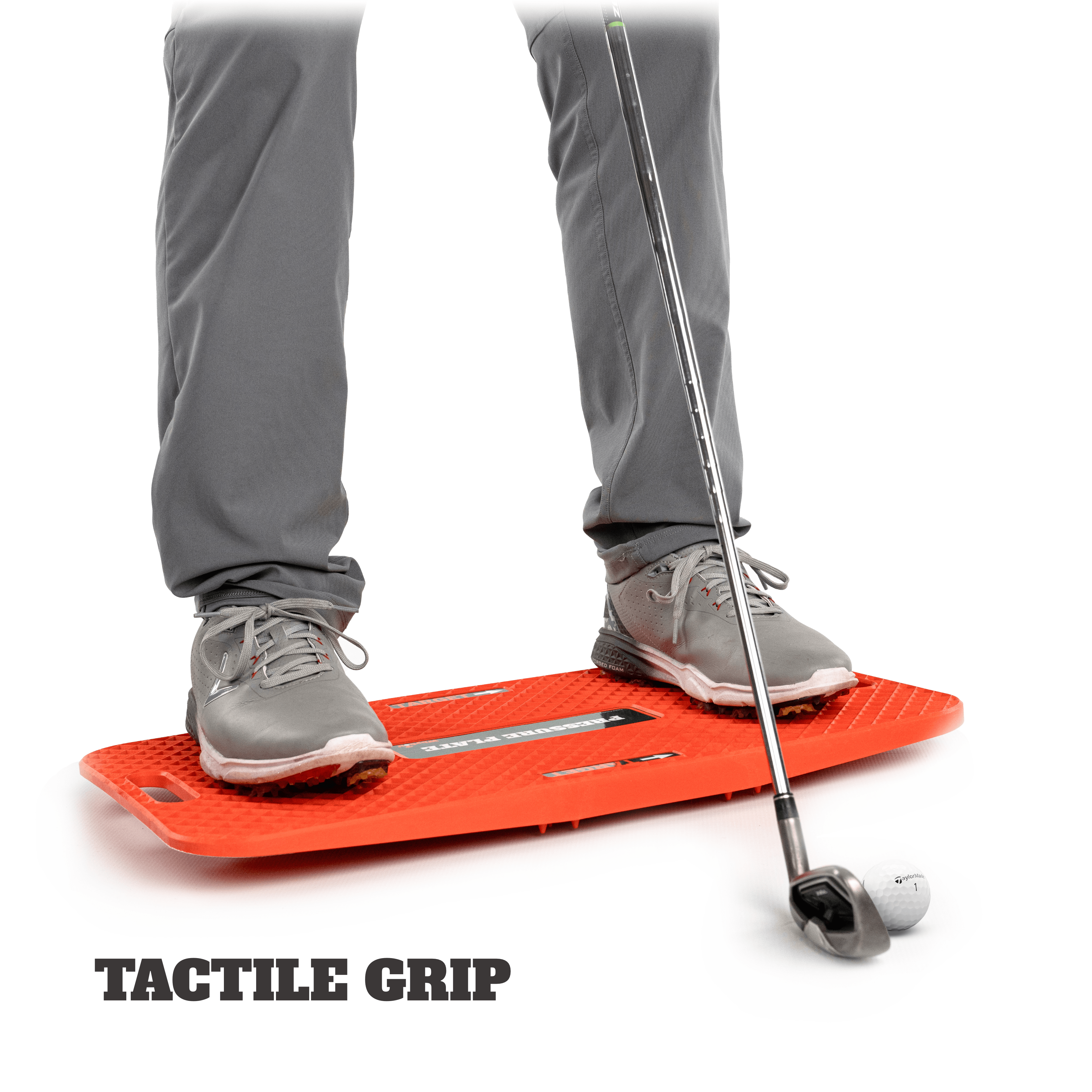
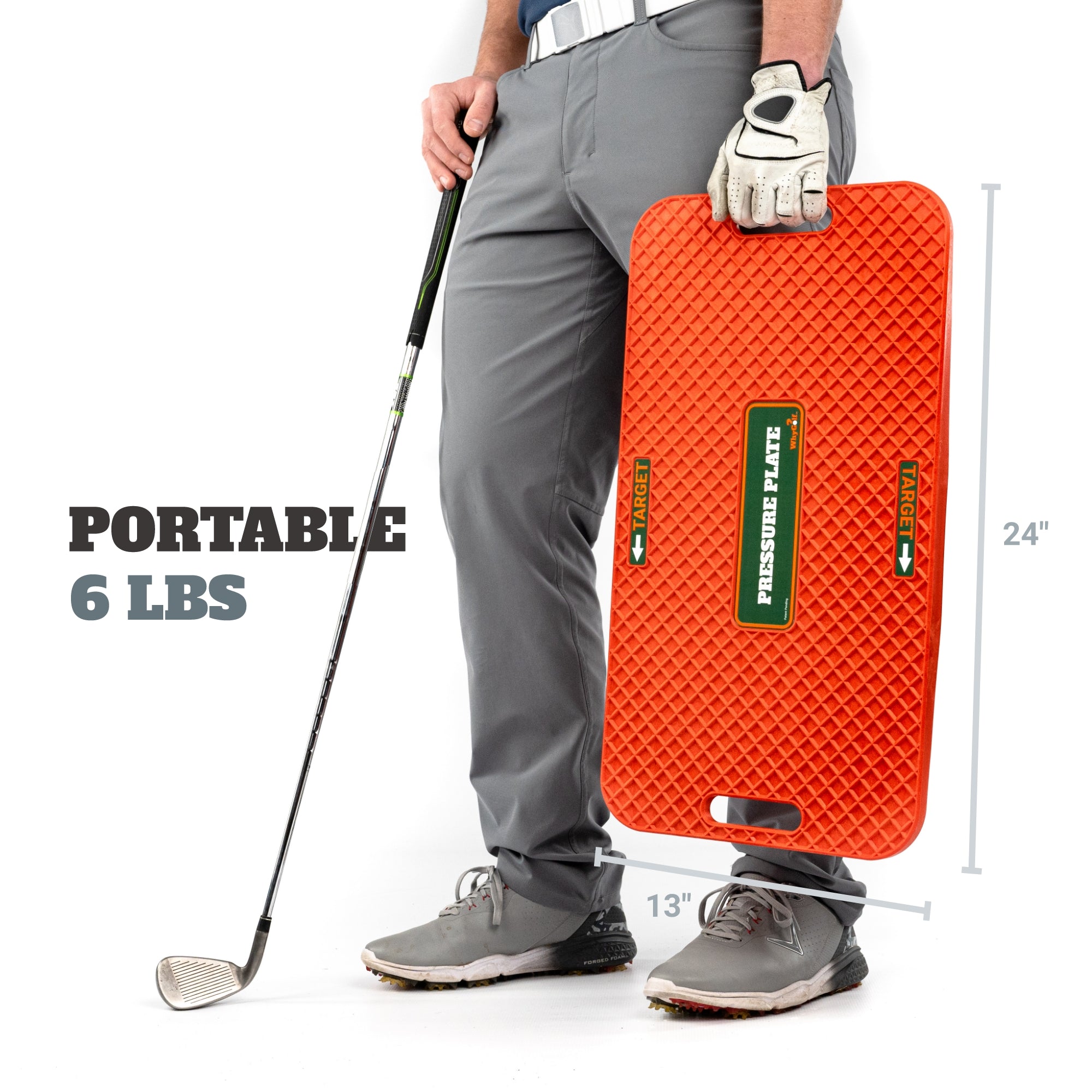
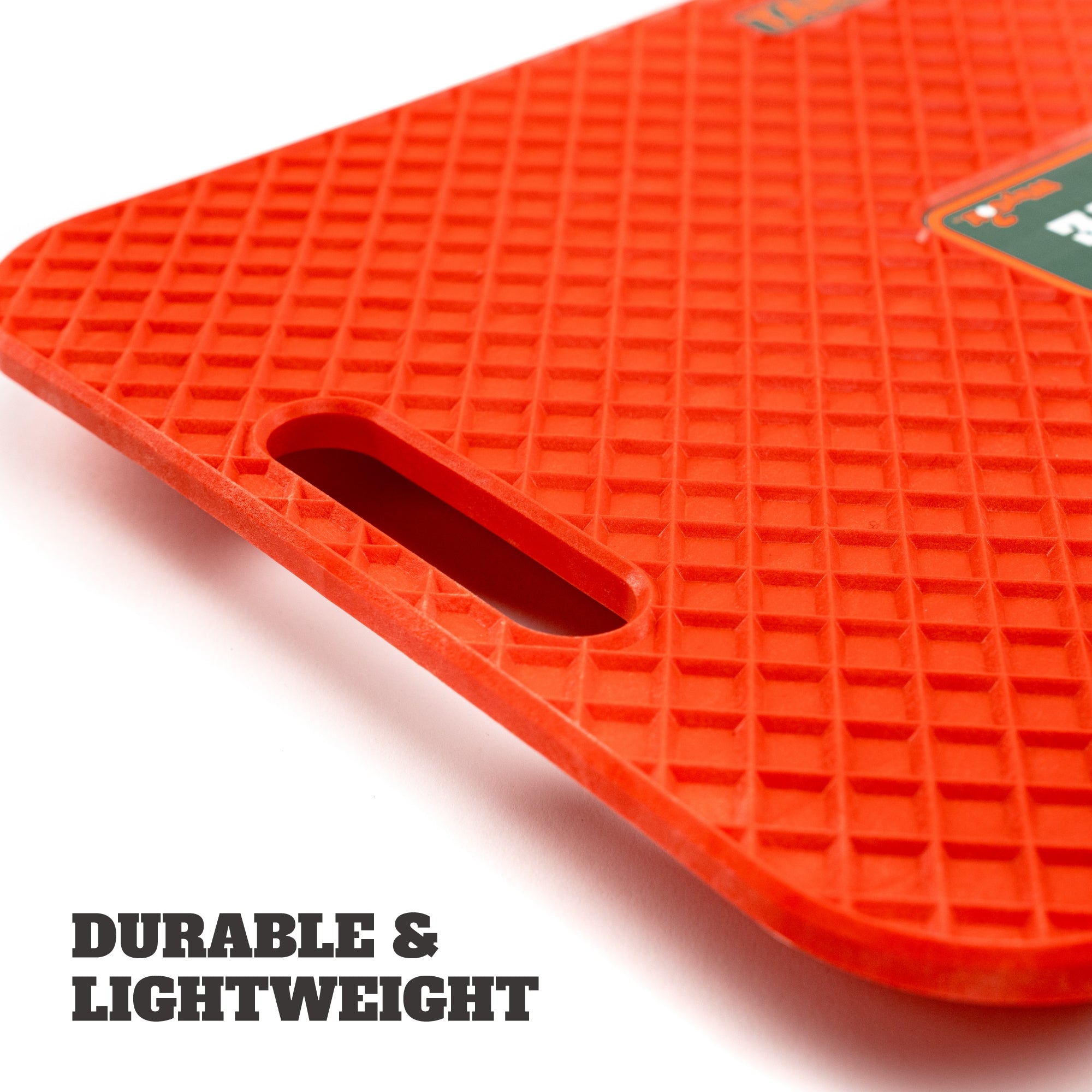















Pressure Plate + Power Wedge
Pressure Plate + Power Wedge
Add To Cart |

Fixes Weight Shift

99 Day
Risk-Free Trial

Lifetime Guarantee

Fixes Weight Shift

99 Day
Risk-Free Trial

Spend $150 & Get Free Shipping
One of the biggest keys to making consistently powerful contact is learning how to get to your lead side before impact. Hitting the middle of the face, not hitting it fat or thin, compressing the ball… they’re all directly tied to getting into your lead side properly.
That’s why we’re introducing the Pressure Plate’s Power Wedge.
The Power Wedge provides an incline for your trail foot that teaches you the feel of activating the lower body correctly. The better you can load into your trail leg, the more power you can generate and the easier it is to get to your lead side early (think: throwing a ball).
WHAT'S INCLUDED
- Pressure Plate
- Power Wedge
- Custom Training Videos w/ In-Depth Instruction
- Exceptional Customer Support
- 99 Day Money Back Guarantee - Increase your swing speed and consistency in days or send it back for a full refund
BENEFITS
- Add speed and consistency to your golf swing by learning how to shift your pressure effectively - without swaying
- Take the guesswork out of your pressure shift - the Pressure Plate will only tilt when you do
Activate Your Lower Body
Like a starter's block, the Power Wedge allows you to push off your trail leg in transition to help you generate effortless power.
why 100,000+ Golfers trust WhyGolf

99 Day Money-Back Guarantee

Trusted by PGA
Tour Players

Hassle-Free Returns
Spend $150 & Get Free US Shipping!
YOU MAY ALSO LIKE...
Best Sellers
Bundles
MOST POPULAR
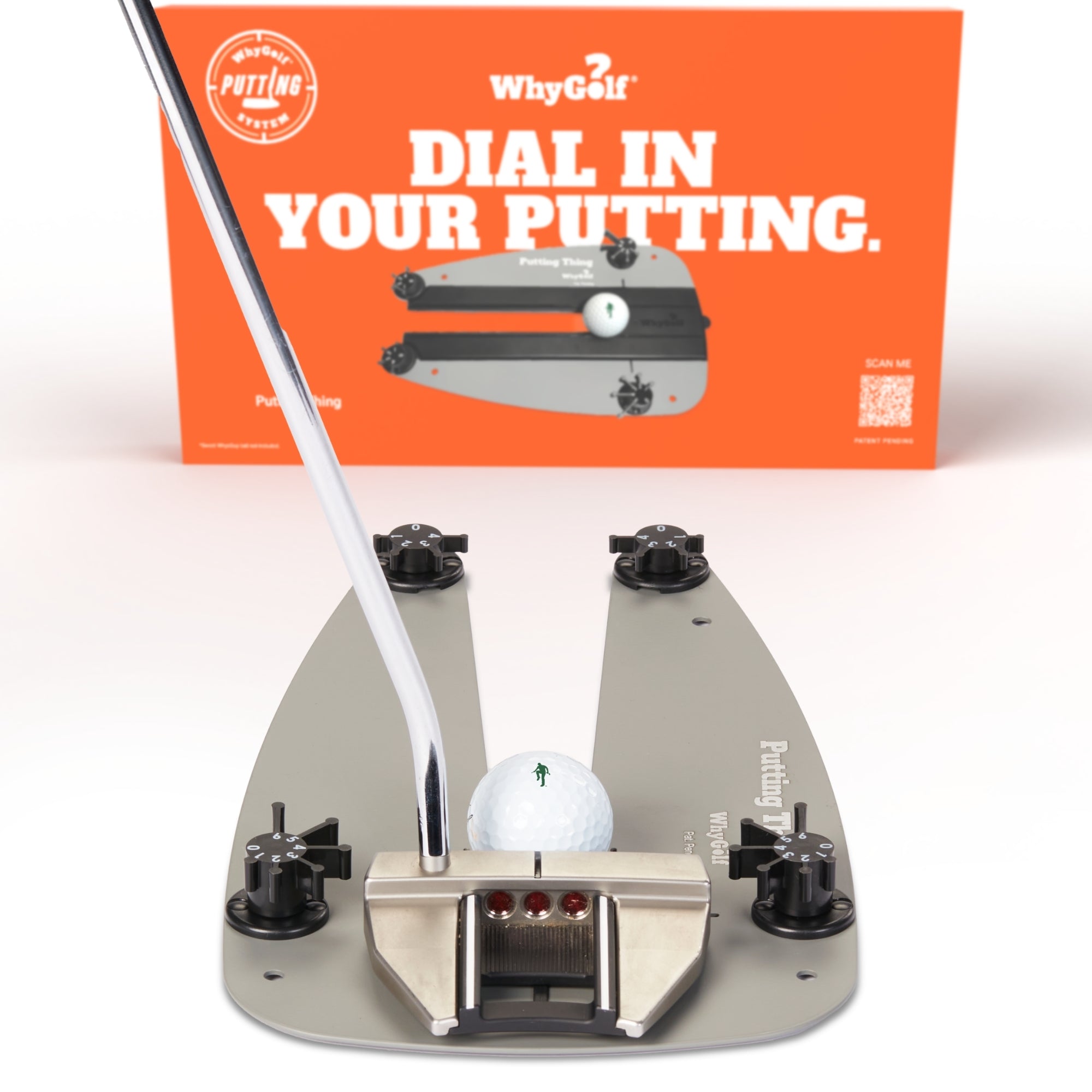
Putting Thing
OFF
Convert more birdie looks today.

Pressure Plate
OFF
Take the guesswork out of your weight shift.
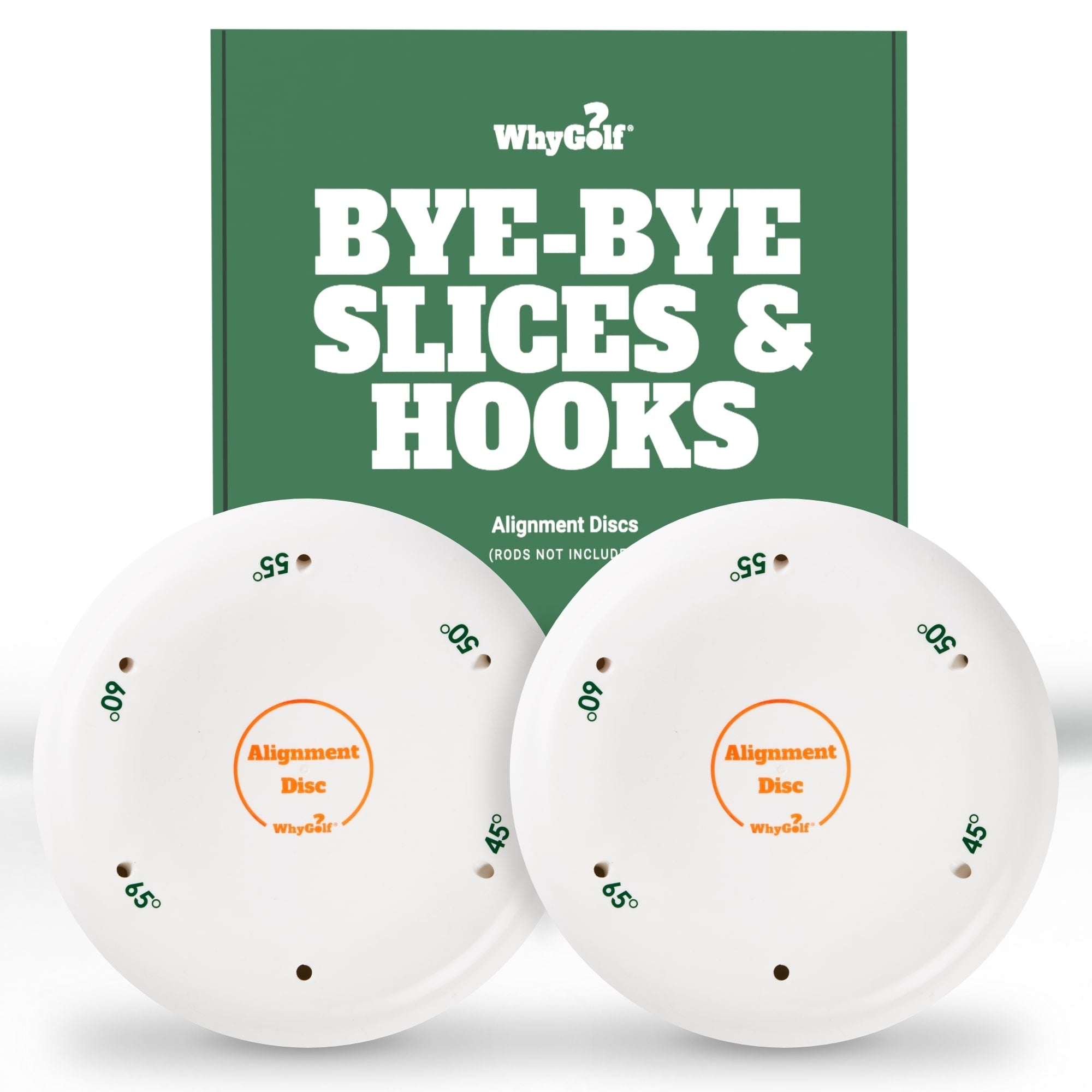
Alignment Discs
OFF
Say bye-bye to slices and hooks.
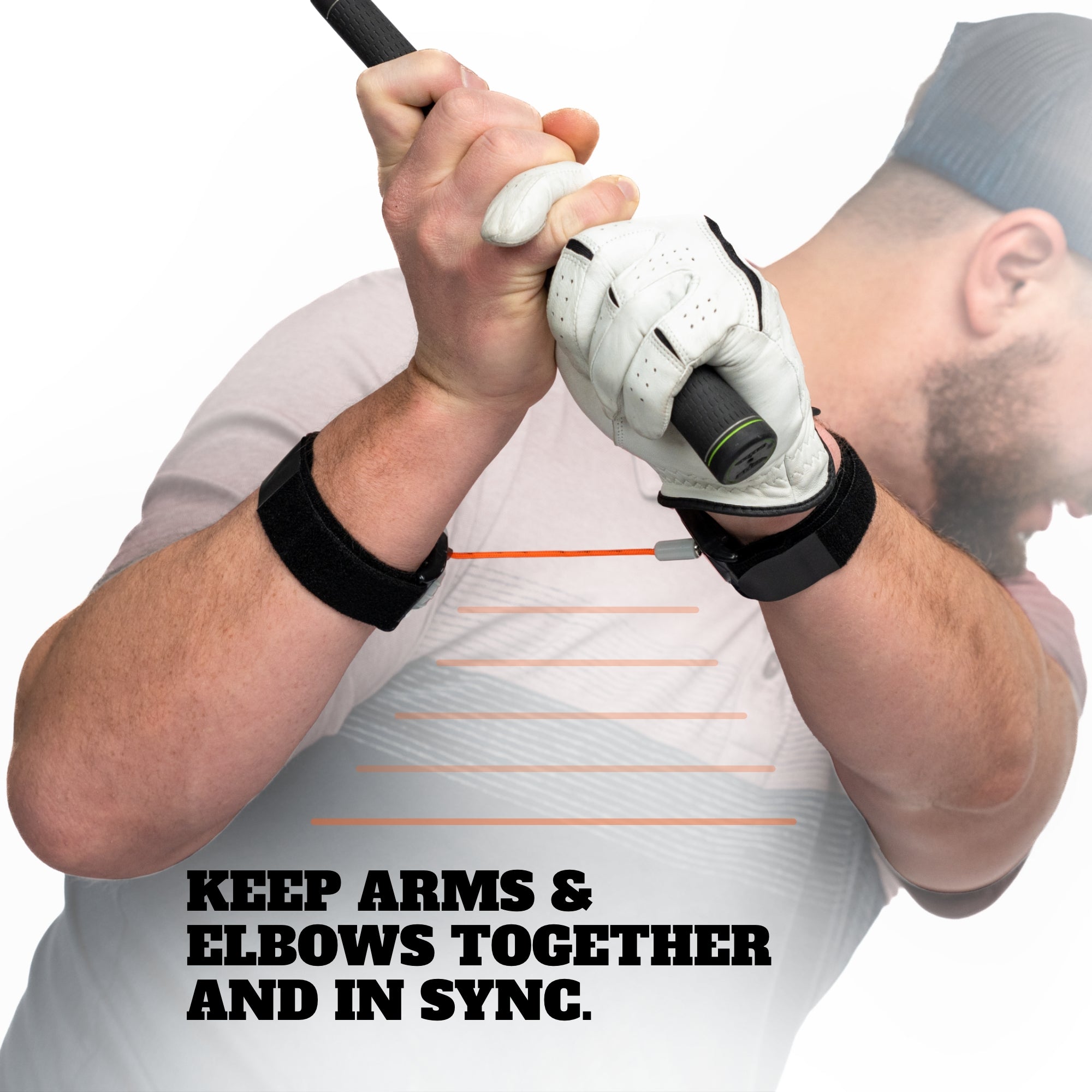
ArmAlarm
OFF
Sync your arms with audible feedback.
SHOP BEST SELLERS
